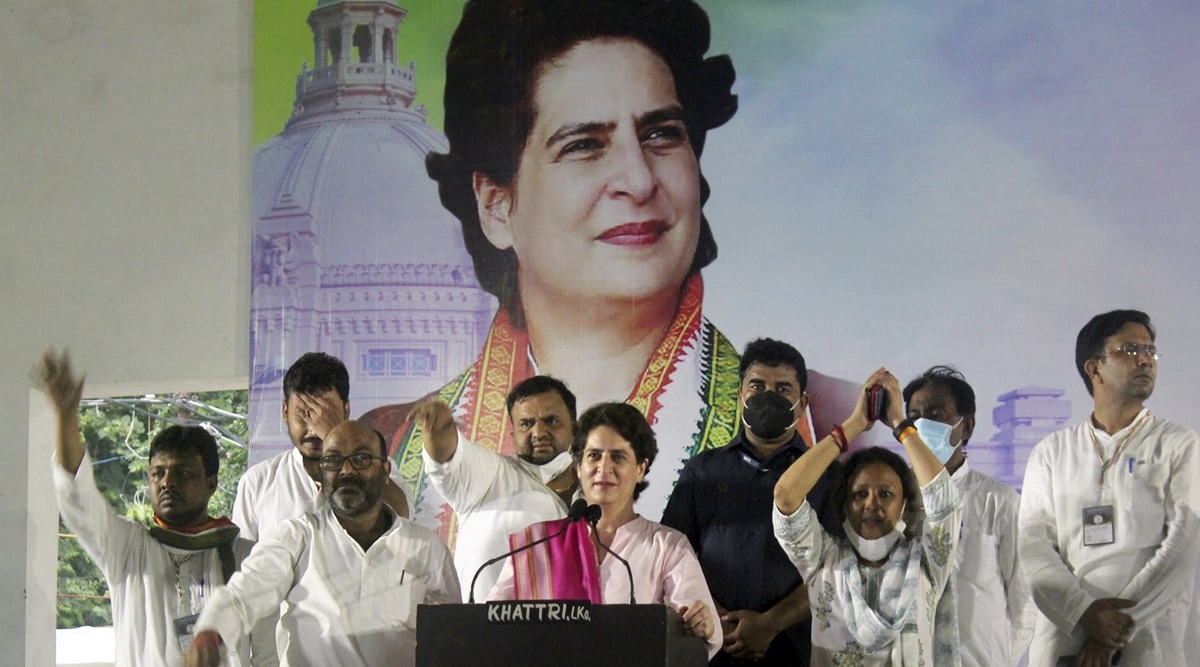A newly arrived Russian science lab briefly knocked the Worldwide Area Station out of place Thursday.
For 47 minutes, the area station misplaced management of its orientation when the Russian lab by accident fired its thrusters after docking, pushing the advanced from its regular configuration.
The station’s positioning is vital for getting energy from photo voltaic panels and communications. Communications with floor controllers additionally blipped out twice for a couple of minutes.
Flight controllers regained management utilizing thrusters on different Russian parts on the station to proper the ship and it’s now steady and protected, NASA stated.
“We’ve not seen any harm,” area station program supervisor Joel Montalbano stated in a late afternoon information convention. “There was no quick hazard at any time to the crew.”
‘A reasonably thrilling hour’
Montalbano stated the crew did not actually really feel any motion or any shaking. The advanced was by no means spinning, NASA spokesman Bob Jacobs stated.
Kathy Lueders, NASA’s affiliate administrator for human exploration and operations, referred to as it “a reasonably thrilling hour.”
The incident precipitated NASA to postpone a repeat take a look at flight for Boeing’s crew capsule that had been set for Friday afternoon from Florida. It will likely be Boeing’s second try to succeed in the station earlier than placing astronauts on board.
Russia’s long-delayed 20-tonne lab, referred to as Nauka, arrived earlier Thursday, eight days after it was launched from the Russian area launch facility in Baikonur, Kazakhstan.
Lab launch repeatedly delayed
The automated docking adopted after an extended journey and a collection of manoeuvres.
The launch of Nauka, which is meant to offer extra room for scientific experiments and area for the crew, had been repeatedly delayed due to technical issues. It was initially scheduled to go up in 2007.
In 2013, consultants discovered contamination in its gasoline system, leading to an extended and dear alternative. Different Nauka methods additionally underwent modernization or repairs.
Nauka turned the primary new compartment for the Russian phase of the station since 2010. On Monday, one of many older Russian models, the Pirs spacewalking compartment, undocked from the area station to release room for the brand new lab.
Nonetheless work to be finished on Nauka
Nauka would require many manoeuvres, together with as much as 11 spacewalks starting in early September, to arrange it for operation.
The area station is presently operated by NASA astronauts Mark Vande Hei, Shane Kimbrough and Megan McArthur; Oleg Novitsky and Pyotr Dubrov of Russia’s Roscosmos area company; Japan Aerospace Exploration Company astronaut Akihiko Hoshide and European Area Company astronaut Thomas Pesquet.
In 1998, Russia launched the station’s first compartment, Zarya, which was adopted in 2000 by one other large module, Zvezda, and three smaller modules within the following years. The final of them, Rassvet, arrived on the station in 2010.
Russian area officers downplayed the incident with Dmitry Rogozin, head of Roscosmos, tweeting: “All so as on the ISS. The crew is resting, which is what I counsel you to do as nicely.”









